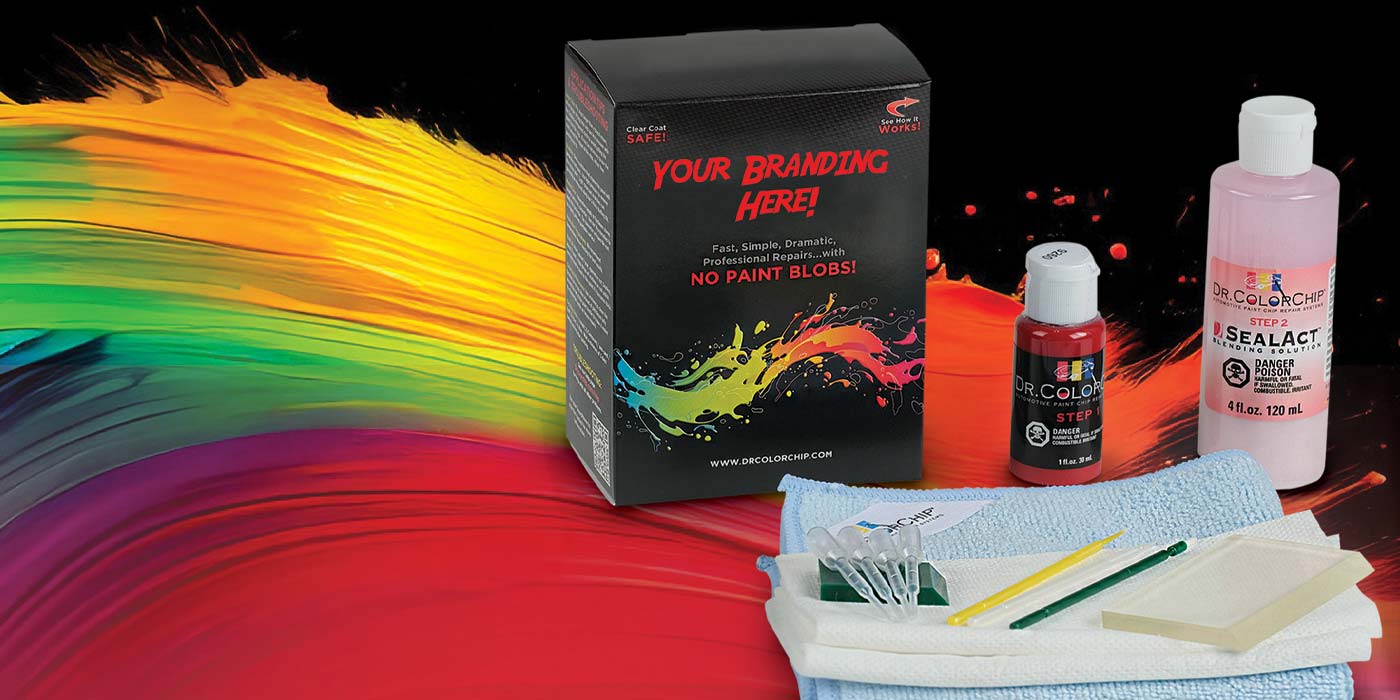Changing Digital Advertising as We Know It
Over the past year, we have seen an accelerating shift in the ways people navigate the world. For example, according to eMarketer, online grocery shopping grew 53% in 2020, and Insider Intelligence projects online grocery shopping will reach 55% of U.S. consumers by 2024.
So why am I writing about online grocery shopping in an article about digital advertising? Because the shift to online grocery shopping is a physical manifestation of a broader shift of consumer behavior and the use of the internet. That is, the shift from utilizing the internet as a tool to locate and navigate online content to a tool used to curate and deliver content to them.
Like these grocery shoppers who are no longer navigating grocery aisles to find the food items (content) they need, no longer placing those items in grocery carts (browser), they are now curating these items into a digital cart and sending a signal to the grocer to deliver those items to them, where they sit. Consumer remote command and control.
An example of this change is present in Google My Business’s (GMB) recent addition of dealer inventory to their GMB listing. Essentially, this is curating inventory and delivering to the consumer rather than providing a link and delivering the consumer to the content. The inversion has begun.
Today’s digital advertising is largely organized and built around the 1990s premise that websites and their related content are stored on private servers and accessed via links. These links are used to navigate the internet to bounce from one website (grocery aisle) to the next; then the content on each site is saved/bookmarked, screenshot, etc., and the consumer then manually curates this content for review, comparison and so forth. In fact, tabs were invented to make these comparisons easier, and Google was invented to make locating these links and navigating the internet easier.
But then a few things changed. First, websites, which are merely organized data collections, all moved to the cloud, and APIs were invented, making the command and control of this data and content easier. Second, with the launch of smartphones and (later) voice search, access to this content became instantaneous and accessible with a spoken command. Fun fact: The adoption of virtual assistants and voice search is out-pacing that of the mobile phone. According to Statista Research, there were 4.2 billion digital voice assistants in use worldwide in 2020, and that number will double over the next three years.
So, what does this mean for digital advertising? We are moving to advertising based on consumer command and control, based on consumer devices curating and delivering content to the consumer as commanded. That command may be initiated by the consumer or a virtual assistant. The ad prompts inquiry, inquiry curates content, and content is delivered to the consumer. Rather than advertising used to direct consumers to a website or content, it is assisting in the navigation of the internet to access the advertised content.
But stop for a moment. With all the advances in AI and machine learning; ad targeting; and new formats, such as video, have your lead volume or sales numbers improved?
According to NADA, the cost to sell a car has only increased each of the past 10 years as these advances in advertising technology with their promises of greater cost efficiency have proliferated. Further, I suspect your cost to manage your advertising and marketing initiatives — with all the new software tools, reporting and data platforms and increased complexity — has increased as well.
Advertising that curates rather than navigates consumer use of the internet holds the promise to dramatically decrease these costs and turn the path to purchase into a wormhole, where the time to vehicle discovery and purchase collapses into a single event.
Advertising that curates empowers the consumer with one click to engage the entire universe of options, have those options first distilled into the best options for them and then delivered to their devices within seconds — thus turning weeks or months of online shopping into seconds. Then, when that consumer selects an option, the machines go back to work curating a “buy box” that executes the sale and delivery.
Like most technical evolutions, we are only in the early stages of this transformation. How advertising companies respond remains to be seen. However, we are already seeing new platforms emerge in the space, such as the Open Dialog Advertising (ODA) platform. ODA platforms are designed to curate a custom, seamless and intelligent sales funnel for the consumer. These platforms connect the local dealer to the consumer within the sales funnel, enabling open dialog with the consumer with one click generated by a notification of the consumer’s interest to purchase a vehicle.
As the internet evolves, the content pipes get built and artificial intelligence adds predictive machine behavior, the adoption of these types of platforms will accelerate and redefine advertising and marketing as we know it today.













